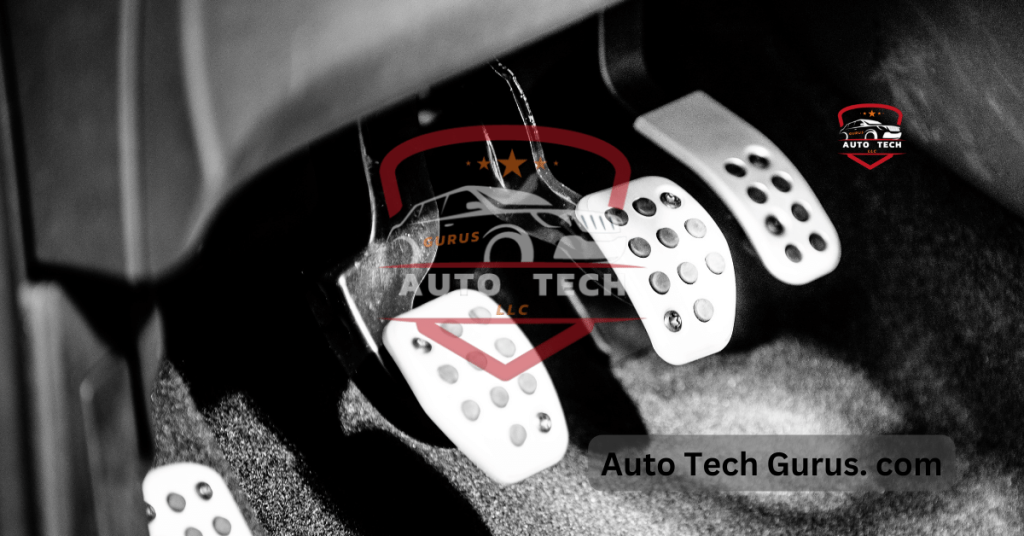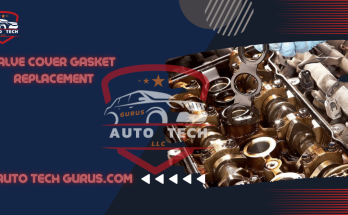Your vehicle’s transmission is crucial to its mechanics, transferring power from the engine to the wheels. However, sometimes it may refuse to shift gears, leaving you in a perplexing situation. In this article, we’ll explore the common issues when a car won’t go into gear and provide practical solutions.
Car won’t Go into Gear When the Engine is Running
One frustrating scenario many drivers encounter is when their Mustang won’t go into gear while the engine is running. This issue can be both inconvenient and perplexing. We’ll delve into the symptoms, possible reasons, and how to resolve them.
Car Won’t Go into Gear: Identifying the Symptoms
When your Mustang’s transmission refuses to engage properly, it exhibits several unmistakable signs. Identifying these symptoms early can save you time, money, and potential headaches.
- Grinding Noises: If your car makes grinding sounds when attempting to shift gears, it indicates a transmission issue.
- Difficulty in First Gear: Shifting out of first gear feels unnaturally challenging, making smooth driving a hassle.
- Seamless Shifting While the Engine is Off: The transmission shifts effortlessly when the car is not running, pointing to an issue linked to the engine’s operation.
- Stuck in Reverse Gear: Your gear shifter won’t budge out of reverse when the engine runs, posing a significant inconvenience.
- Engine Hesitation: Despite pushing the clutch to the limit, releasing it causes the engine to nearly stall, affecting your vehicle’s performance.
2. Car Won’t Go into Park: Understanding the Issue
Another situation you might encounter is when your Mustang won’t go into the park. It can be especially troublesome to leave your vehicle safely parked. We’ll explore the common reasons behind this issue and how to address it.
Reasons Behind a Car Failing to Shift into Gear
Understanding the underlying causes of your transmission problem is vital. Here are some typical reasons that could lead to your car’s failure to shift gears:
1. Clutch Troubles:
Checking the Clutch: A stubborn clutch that refuses to disengage is a common culprit. If the vehicle lurches forward when you start with the gear engaged and the clutch depressed, it’s a sign of an issue.
Low Clutch Fluid: Many clutch systems rely on hydraulic fluid to transfer pedal force to the clutch fork and pressure plate springs. Low clutch fluid levels can lead to difficulty shifting gears, making smooth starts challenging.
2. Insufficient Transmission Fluid:
Lubrication Matters: Modern manual transmissions require constant lubrication. Running the car without adequate lubrication can significantly damage the engine and gearbox components.
3. Damaged Gears:
Gear Wear and Tear: Manual transmissions comprise multiple gears; if any of these gears become damaged or worn, you may experience difficulty shifting.
4. Damaged Master Cylinder:
Clutch System Complexity: The clutch system consists of several components, including the master cylinder. Damage to any of these parts, especially the master cylinder, can hinder gear shifting.
5. Failed Synchronizer Ring:
Synchronization Issues: Synchronizer rings with small teeth enable smooth gear engagement. If these rings fail or wear out, you may face shifting difficulties.
6. Shifter Cable Issues:
Shifter Linkage Trouble: In some vehicles, a shifter cable links the shifter lever and the transmission shift fork. It may lead to challenges in putting the car into gear if it becomes stretched or misaligned.
Solving the Problem: How to Get Your Car Shifting Smoothly Again
If your vehicle encounters gear-shifting issues, it’s essential to diagnose the problem accurately and determine the appropriate solution. Here’s a step-by-step guide to help you regain control of your vehicle:

- Clutch Testing: Start the engine, engage a gear, and release half of the clutch pedal. If the car moves smoothly without jerking, your clutch is likely in good condition.
- Handbrake Test: Engage the handbrake, engage a gear, and release the clutch pedal while gently increasing the throttle. If the engine stalls, your clutch is functioning correctly. If not, it may indicate clutch disc wear.
- Seek Professional Assessment: For a precise diagnosis, consult a trusted service centre to evaluate your vehicle’s clutch condition.
Conclusion
To prevent transmission issues, adhere to the recommended maintenance schedule and conduct regular checkups. A well-maintained transmission will perform better and enjoy a longer lifespan, ensuring your vehicle remains a reliable mode of transportation, shifting gears easily.
FAQ’s
Q1: Why won’t my car go into gear when I start the engine?
There could be several reasons for this issue, including clutch problems, low transmission fluid, damaged gears, or a faulty shifter cable. It’s essential to have your vehicle examined by a professional mechanic.
Q2: What should I do if my car gets stuck in reverse gear?
If your car is stuck in reverse gear, try turning off the engine, engaging the parking brake, and attempting to shift into another gear. It’s best to consult a mechanic immediately if it remains stuck, as this can be a serious issue.
Q3: How can I test my clutch to see if it’s causing the gear-shifting problem?
You can perform a simple clutch test. Start the engine, engage a gear, and release half of the clutch pedal. The clutch is likely in good condition if the car moves smoothly without jerking. However, it’s advisable to consult a professional mechanic for a comprehensive assessment.
Q4: What’s the role of transmission fluid in gear shifting?
Transmission fluid lubricates and cools the transmission components. If the fluid level is low or it’s old and degraded, it can lead to difficulties in gear shifting. Regularly checking and changing the transmission fluid, as recommended in your vehicle’s manual, is essential.
Q5: Can I fix gear-shifting issues independently or seek professional help?
Some minor issues, like low transmission fluid levels, can be resolved by the owner, but complex problems like clutch or gear damage are best left to professional mechanics. Attempting to fix advanced issues without expertise may worsen the problem.
Q6: How can I prevent gear-shifting problems in my vehicle?
To prevent gear-shifting issues, follow your vehicle’s recommended maintenance schedule, conduct regular checkups, and drive responsibly. Proper maintenance and fluid checks go a long way in ensuring smooth gear shifting and prolonging the lifespan of your transmission.
Q7: Is driving safe when my car won’t go into gear?
It’s unsafe to drive when your car has trouble shifting gears, as it can lead to accidents or further damage to the transmission. It’s best to have your vehicle towed to a repair facility for a thorough diagnosis and repair.



